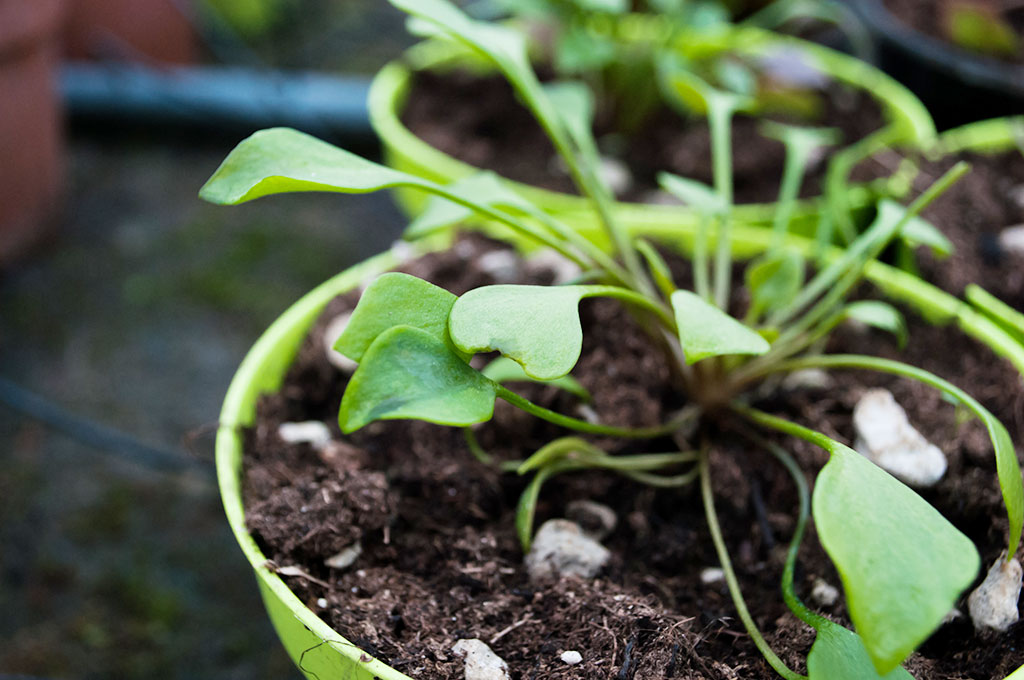
Winter Watering: whether and how to make them
Most of the species living inexternal, in your gardens or on your balconies, in pots or planted on the ground, with the arrival of the winter months they run into their period of vegetative rest.
As we could learn more in our article The winter rest of plants: do I dream or am I awake?, it's about a seasonal phase, in which our plants do not die or go into hibernation, but work to reprogram their reproductive and self-defense functions.
However, it is clear that the seasonal change "forces" our plants also change their needs. Less heat translates into less dry soils and more stable humidity rates greatly reduce the water needs of the plant. However, we must not forget that their activity, albeit minimal, remains continuous and favors its growth dehydration. The plants then go help with watering, especially going towards the spring months! You certainly won't have to wet every day or several times a day, but you will have to learn to listen to their needs, paying attention to the signs. One of all the state of the ground, which must be dry.
Here are some tips on how to do it:
- Water with moderation: it is not necessary to abound, the plant needs a light wetting, which allows the soil to be slightly moistened;
- Water in the central hours of the day: avoid particularly cold, humid and rainy days. Take advantage of the driest days and take advantage of the hottest parts of the day when even the sun manages to peep out;
- Do not water using too cold water: avoid using ice-cold or very cold water. This could in fact cause serious damage and stress to the plant itself;













